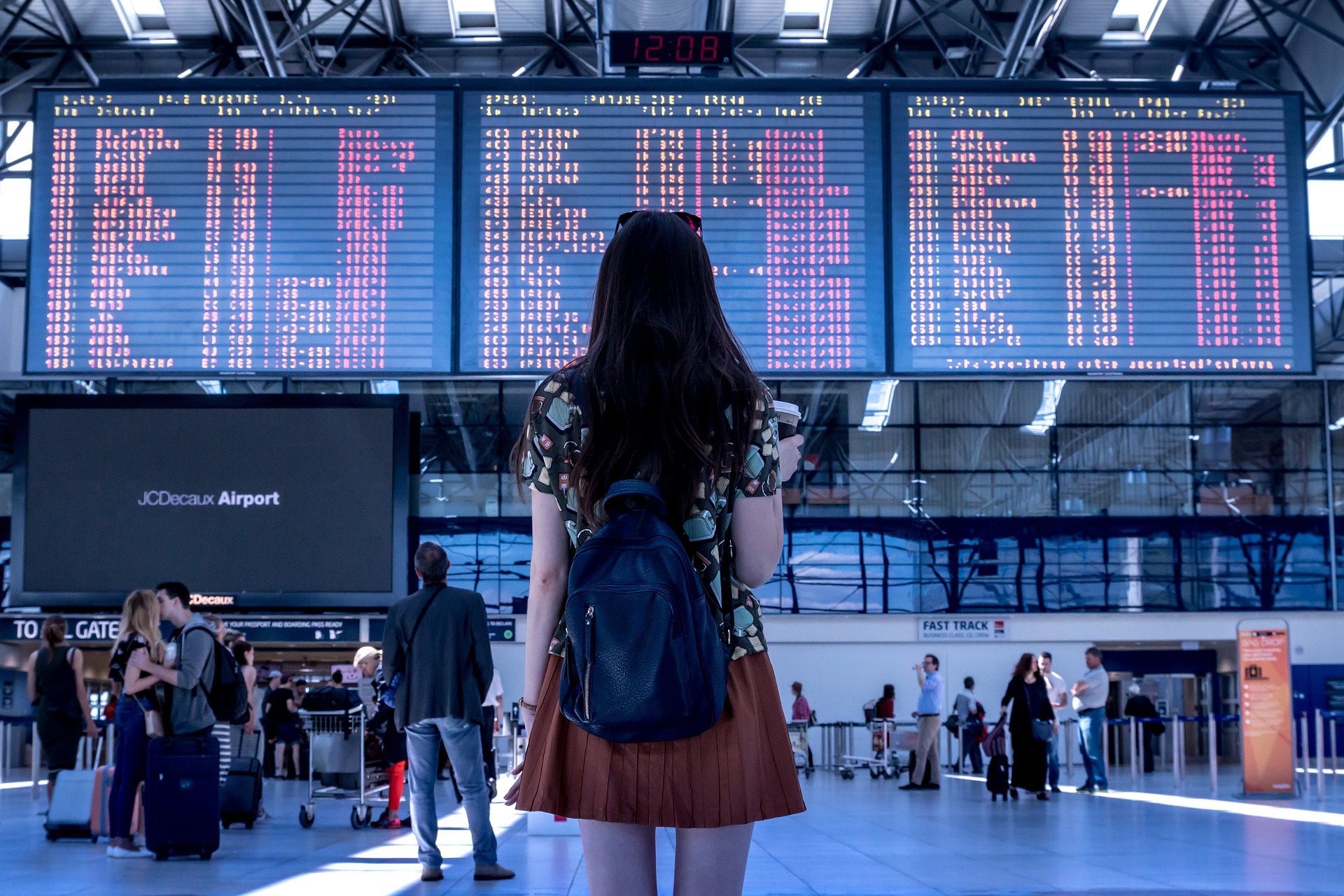Urban Rooftop Airports: The Future of City Air Mobility
Soaring above the gridlocked streets, a new breed of city airports is quietly changing the way we think about urban travel. These rooftop hubs—once the stuff of science fiction—are now taking shape atop high-rise buildings, promising a future where city dwellers can catch electric air taxis from the heart of downtown. As urban air mobility becomes reality, city skylines may never look the same.
From Helipads to Skyports: A Brief History
Urban rooftops have long beckoned as potential launchpads for air travel. In the mid-20th century, helipads atop hospitals and skyscrapers allowed helicopters to bypass traffic with life-saving speed. Yet, the dream of everyday commuters taking off from city centers remained elusive, held back by noise, cost, and safety concerns. Over the past decade, advances in electric vertical takeoff and landing (eVTOL) aircraft have reignited interest in rooftop aviation. Spurred by rapid urbanization and rising congestion, cities worldwide are exploring new ways to integrate vertical mobility.
In 2018, several aerospace startups began collaborating with urban planners to design multi-use rooftop vertiports—specialized mini-airports for eVTOLs. These early concepts focused on integrating lightweight landing pads and passenger terminals into existing buildings. By 2023, several pilot projects in cities like Los Angeles, Singapore, and Paris had demonstrated the feasibility of rooftop air taxi hubs, paving the way for commercial operations in the coming years.
Urban Air Mobility Takes Flight
Today, the buzz around urban air mobility (UAM) is unmistakable. As cities grapple with overcrowded streets and overtaxed infrastructure, eVTOLs offer a tantalizing alternative: quiet, emissions-free flights that zip over the chaos below. Major manufacturers and mobility companies are racing to roll out fleets of electric air taxis, while real estate developers are partnering to retrofit rooftops as mini-airports.
Key to this trend is the rooftop airport, or vertiport. Unlike traditional airports, these compact facilities are designed for rapid, point-to-point connectivity within urban environments. Most feature modular landing pads, automated recharging stations, weather monitoring systems, and streamlined passenger lounges. Location is crucial—vertiports atop office towers, hotels, and shopping centers put travelers closer to their destinations, trimming precious minutes off journeys.
Advantages and Challenges of Rooftop Airports
Rooftop airports promise a host of benefits for cities and travelers alike. By utilizing existing vertical real estate, vertiports can be integrated with transit hubs, office complexes, and entertainment districts, making transfers seamless. For business travelers, air taxis offer a way to skip gridlock and maximize productivity. For emergency services, rooftop access can mean faster response times.
However, the path to widespread adoption is not without obstacles. Safety regulations and airspace management are critical concerns. Urban air corridors must be carefully mapped to avoid conflicts with traditional air traffic and ensure noise remains within acceptable limits. Infrastructure retrofitting presents engineering challenges, as rooftops must be reinforced to support eVTOL loads, charging systems, and passenger amenities. Public acceptance also looms large—cities will need to balance innovation with privacy, noise, and environmental considerations.
Current Trends and Global Developments
The rooftop airport movement is gaining momentum worldwide. In Paris, vertiports are being fast-tracked ahead of the 2024 Olympics, with plans for several downtown locations. In the United States, cities like Miami and Dallas are partnering with eVTOL manufacturers and real estate firms to develop integrated rooftop hubs. Asia is also a hotbed of innovation: Singapore’s Marina Bay hosts a demonstration vertiport, while Tokyo and Seoul are exploring air taxi routes for business districts.
Industry experts predict that by 2030, dozens of major cities will have at least one operational rooftop vertiport. The focus is shifting from pilot projects to scalable networks, with emphasis on passenger experience, regulatory frameworks, and seamless multimodal integration. Partnerships between aviation companies, urban planners, and technology firms are driving progress—ensuring that rooftop airports are not just functional, but also welcoming and efficient.
The Impact on Urban Travel Culture
Beyond the technology, rooftop airports are redefining what it means to move through a city. The ability to board an air taxi from your office rooftop or hotel penthouse transforms travel from a chore into an experience. Rooftop terminals may soon host pop-up lounges, art installations, or even urban gardens, blending mobility with lifestyle.
There are also broader implications for city planning. Rooftop vertiports could reduce the pressure on ground transportation networks, cut commute times, and unlock new commercial opportunities for underutilized spaces. As travel becomes more vertical, urban dwellers may find themselves reimagining their relationship with the skyline—seeing not just towers, but portals to the sky.
Rooftop Airport Insights and Practical Tips
-
When planning trips to cities pioneering urban air mobility, check for official air taxi services and designated vertiport locations.
-
Rooftop airports often require advance reservations or app-based bookings—download the relevant mobility app before your trip.
-
Many vertiports are integrated with ground transit, so look for combo tickets or seamless transfer options.
-
Expect strict security and safety protocols, similar to traditional airports, but often with faster processing times.
-
If you’re sensitive to heights or noise, opt for vertiports with enclosed boarding lounges or book flights during off-peak hours.
-
Some rooftop airports feature spectacular skyline views—arrive early to enjoy the experience and snap unique photos.
Urban rooftop airports are ushering in a new era of city travel, blending cutting-edge technology with visionary design. As vertiports multiply and air taxis become part of daily life, the sky above our cities is set to become as vital and dynamic as the streets below. For travelers seeking speed, convenience, and a dash of adventure, the future of urban mobility may well begin on the rooftops overhead.





